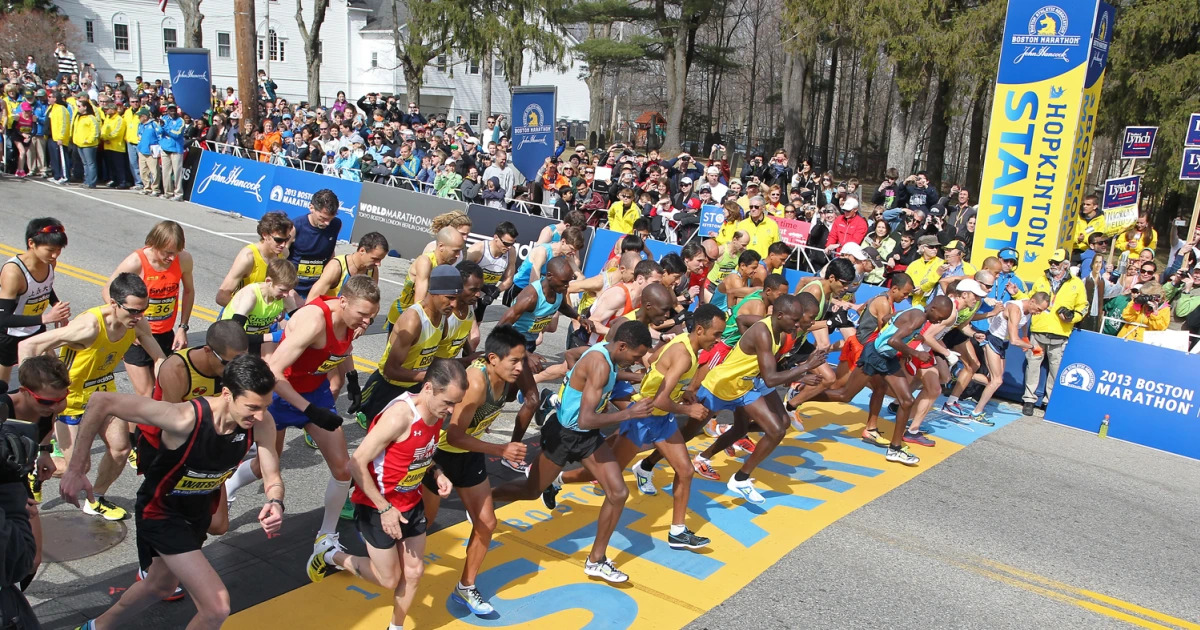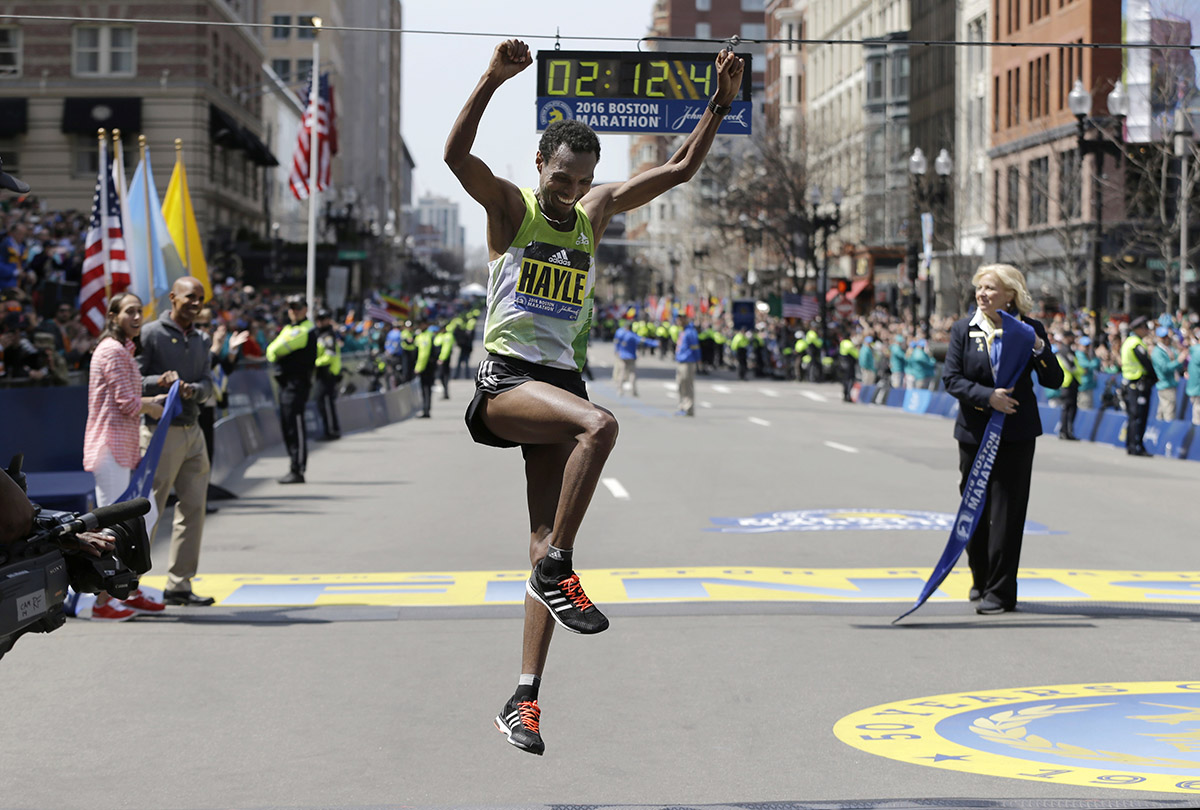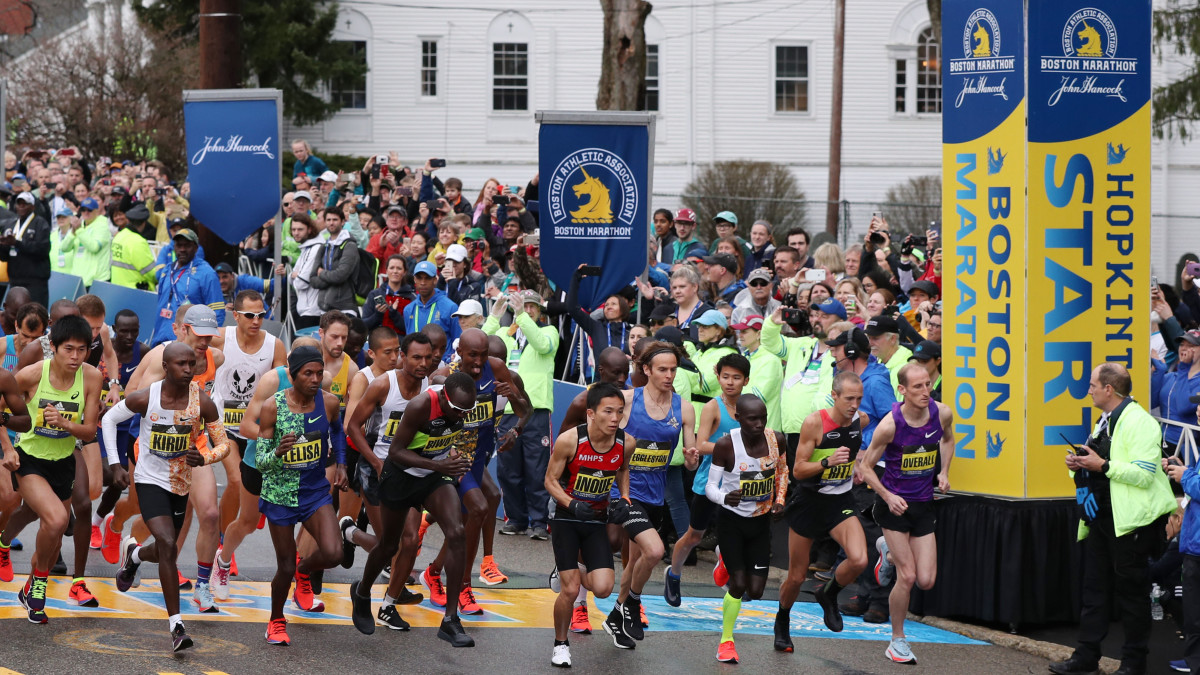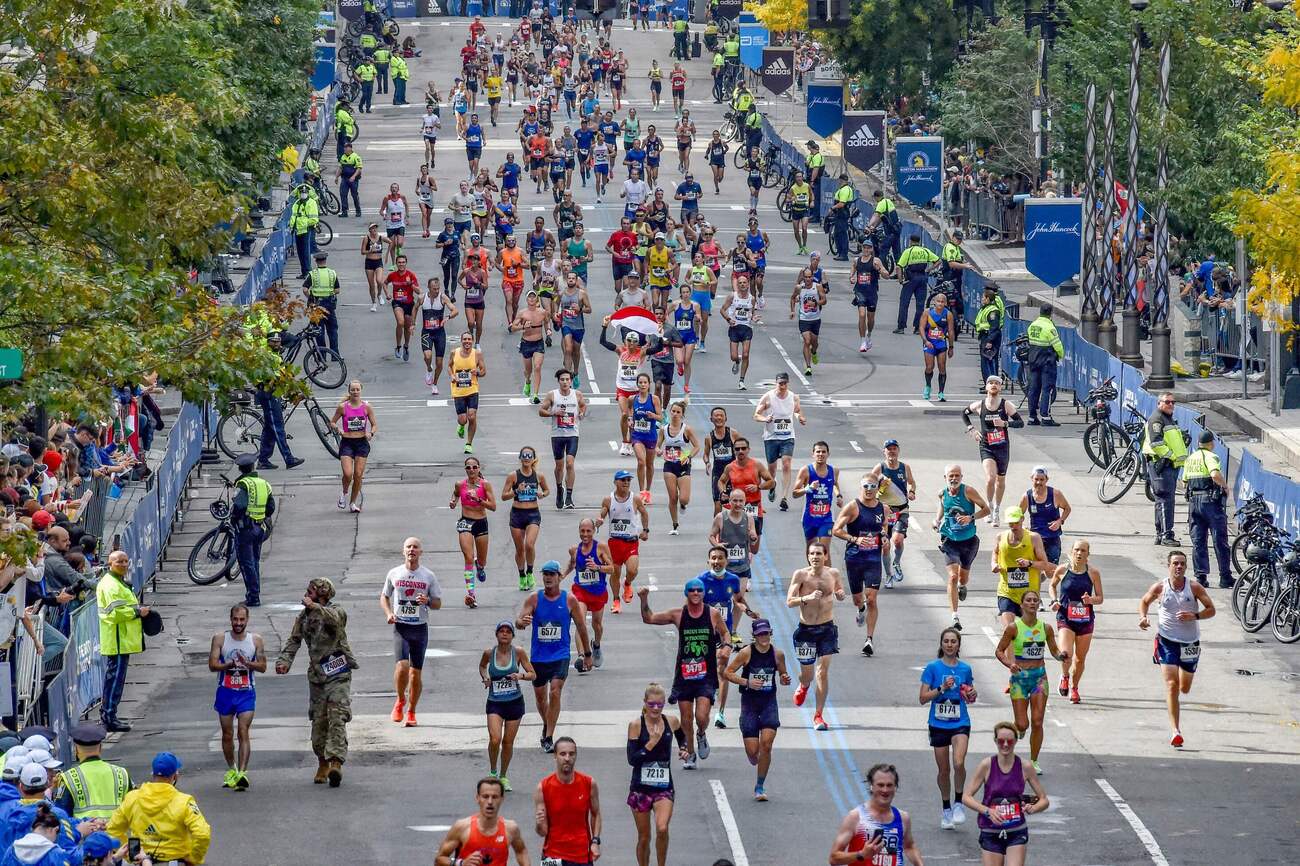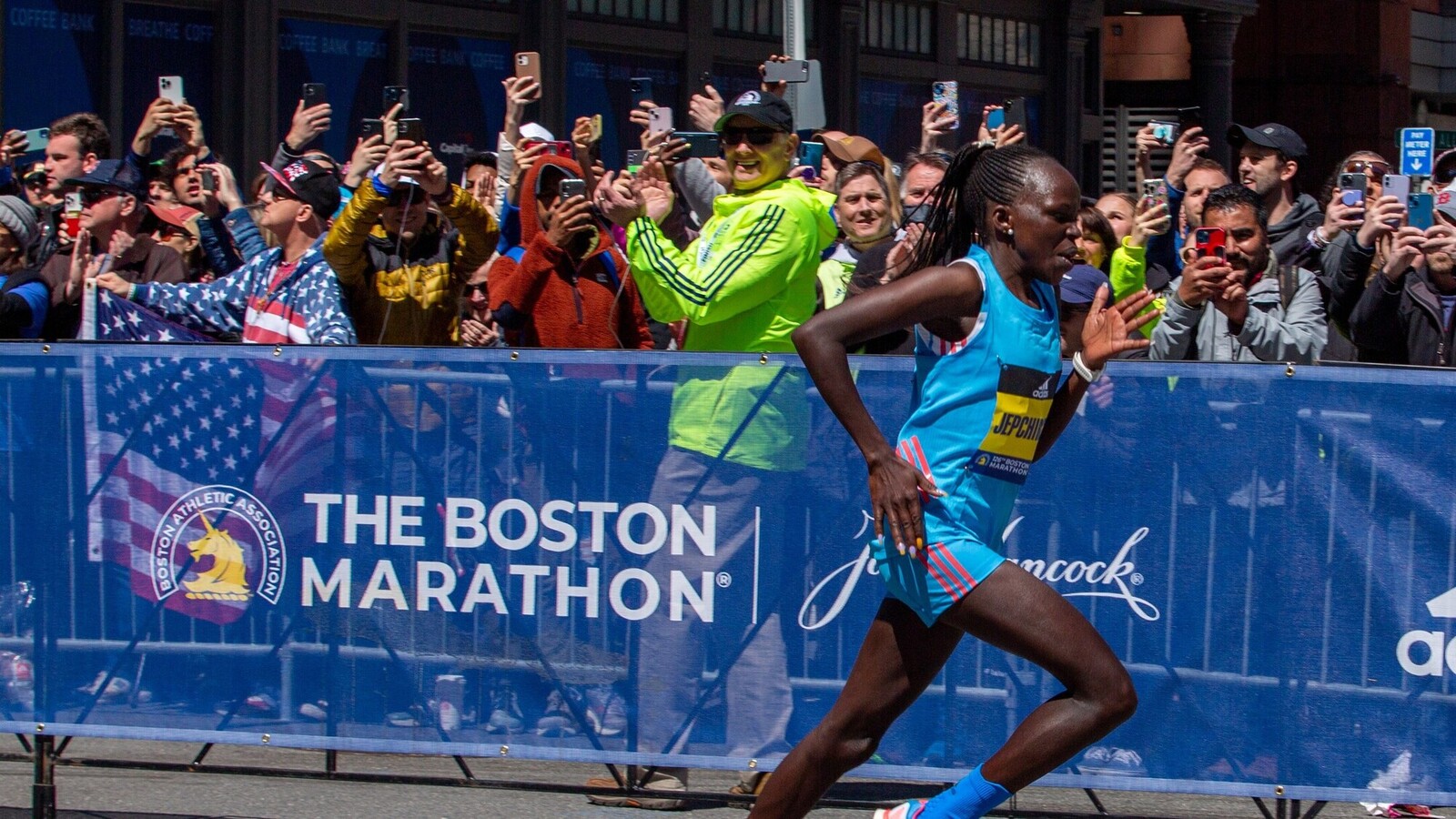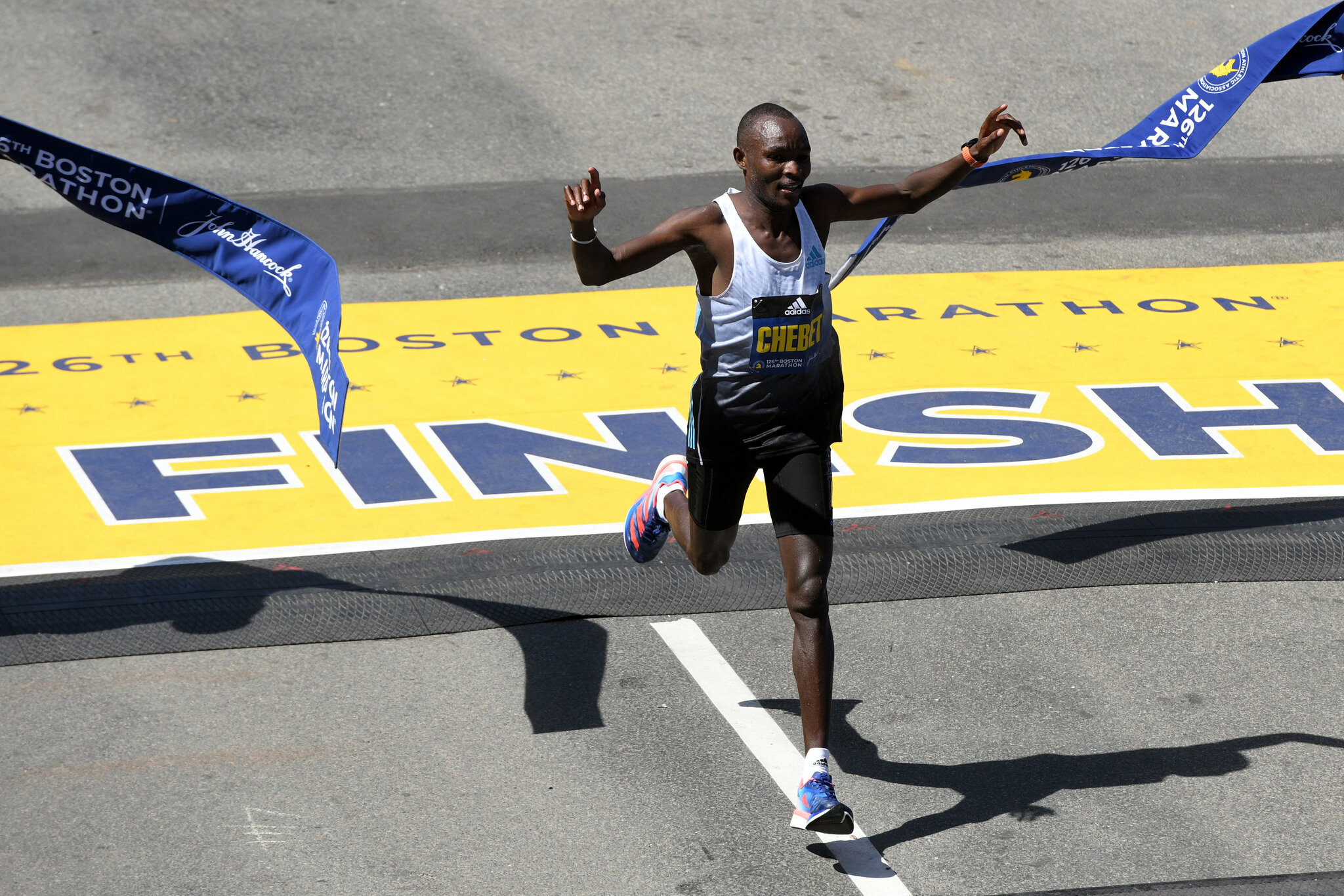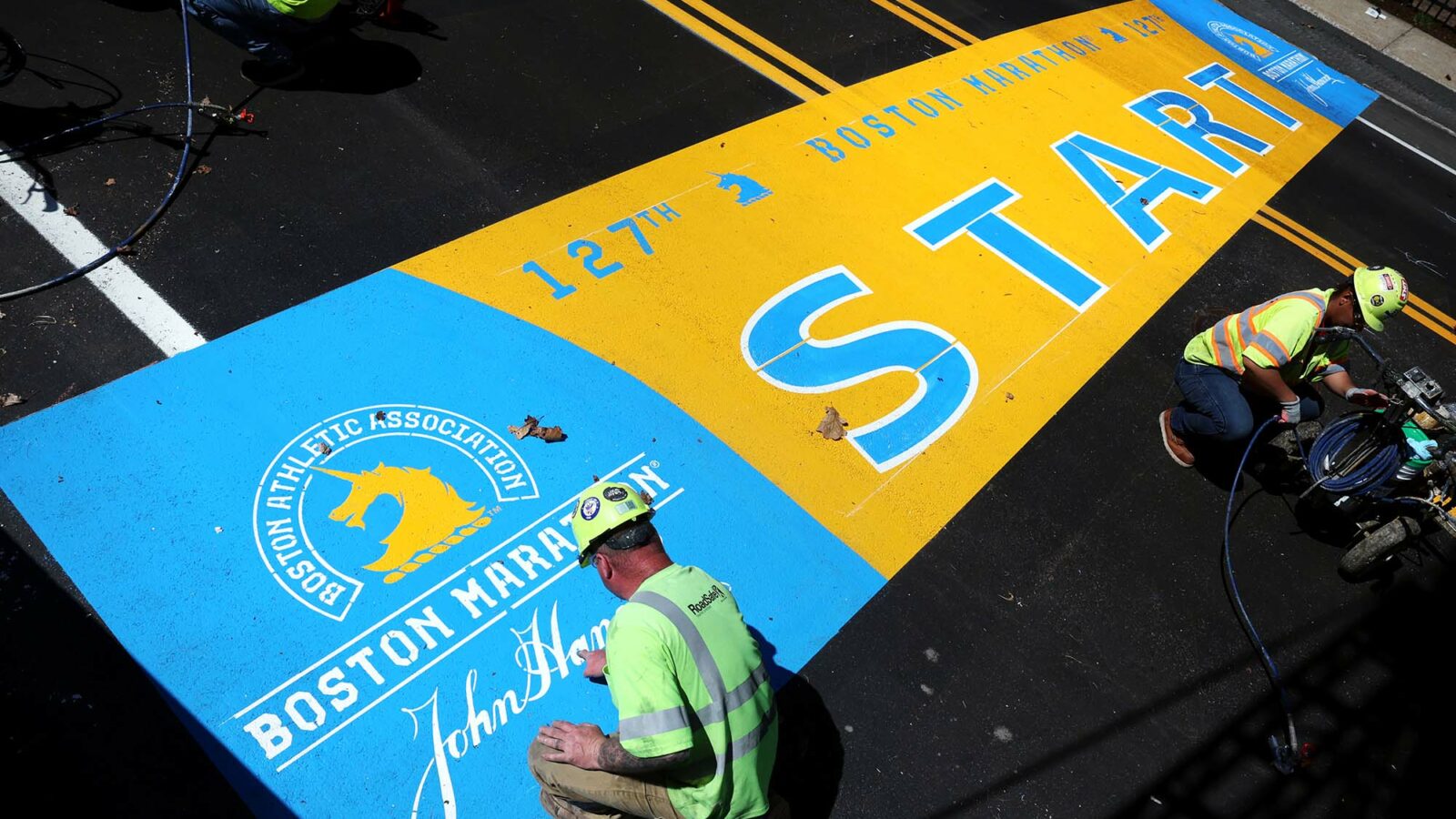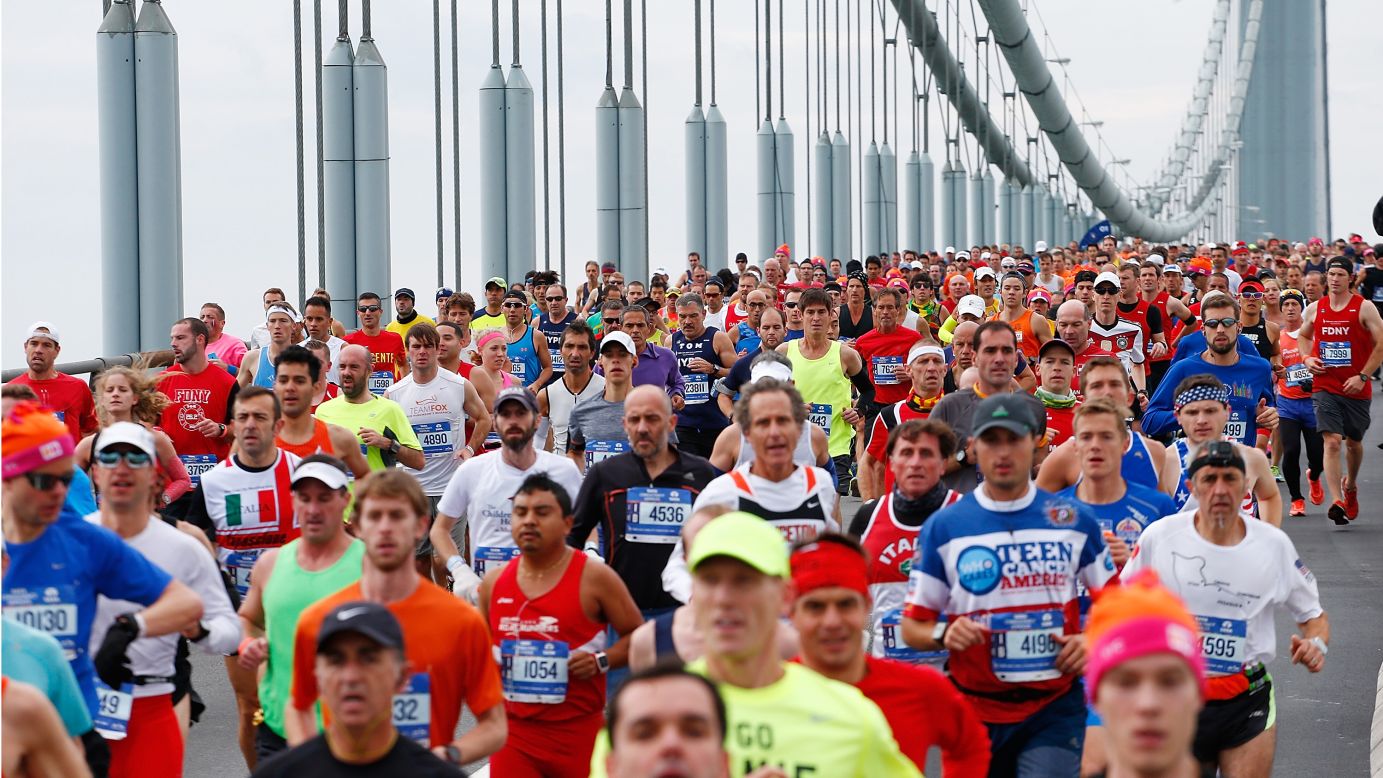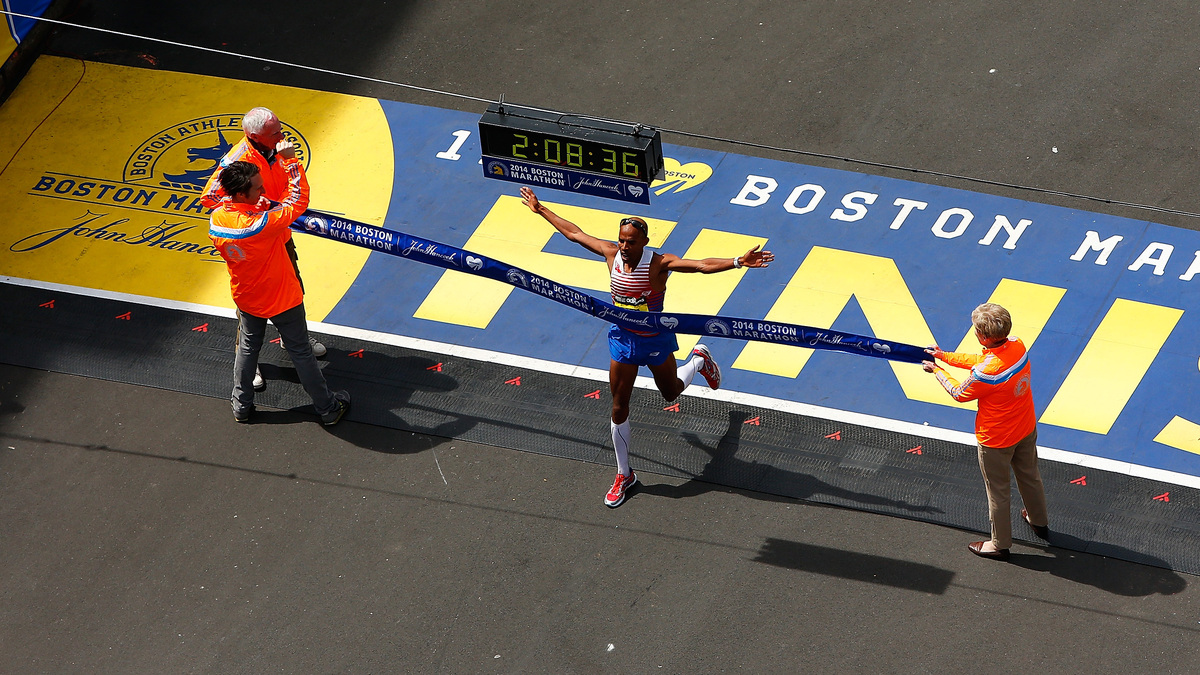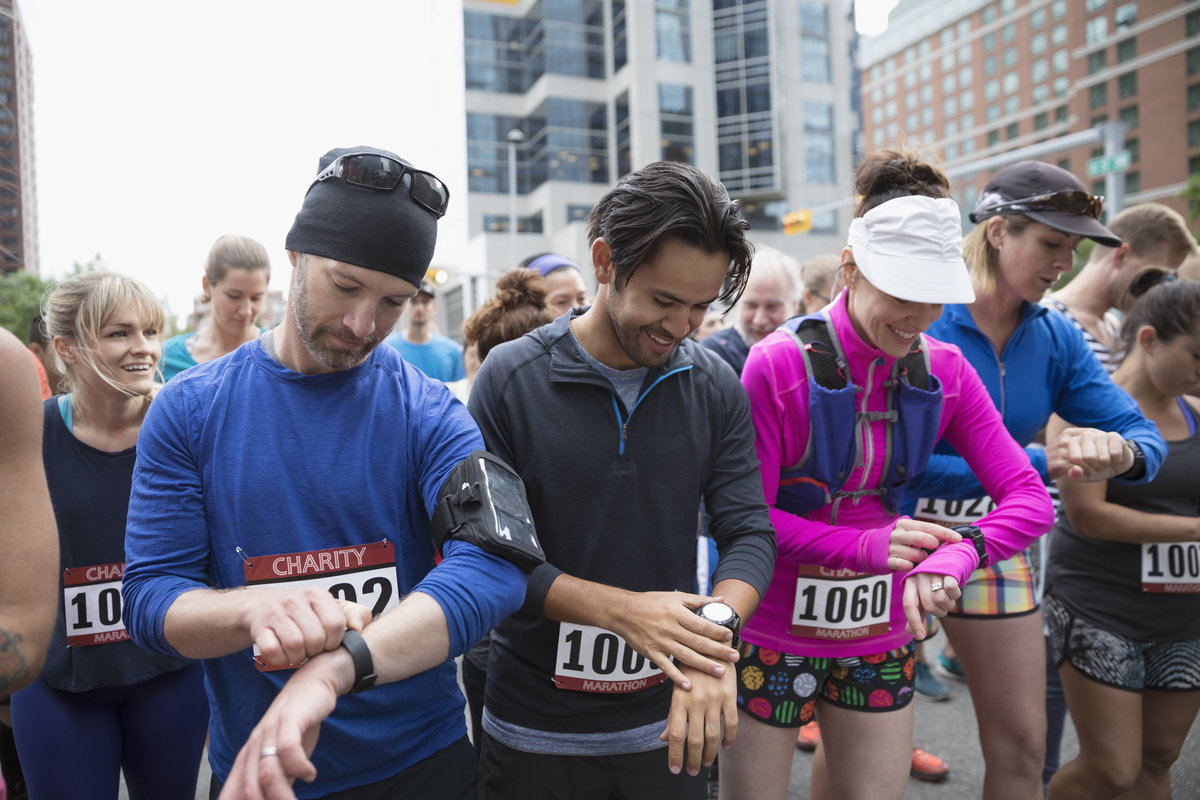Home>Misc>Featured>When Did The Boston Marathon Bombing Happen
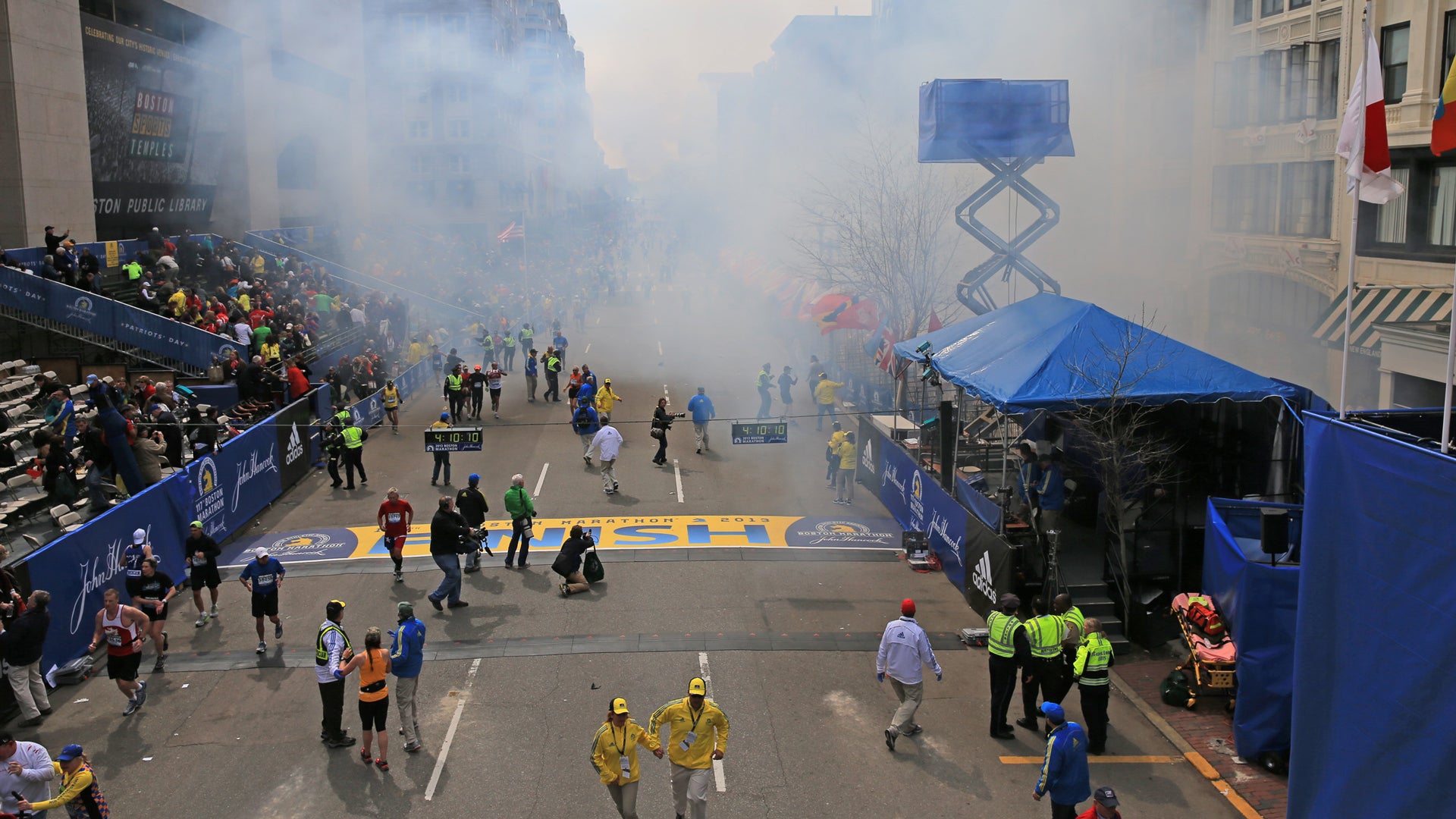

Featured
When Did The Boston Marathon Bombing Happen
Modified: January 2, 2024
Discover the date of the Boston Marathon bombing in this featured article. Learn when this tragic event took place and its lasting impact.
Introduction
The Boston Marathon Bombing was a devastating terrorist attack that occurred on April 15, 2013, during the annual Boston Marathon. The incident, which unfolded near the event’s finish line, left an indelible mark on the city of Boston and the entire nation. The magnitude of the tragedy was amplified by the fact that the marathon is not only a celebration of athletic achievement but also a cherished community event that attracts spectators from all walks of life.
The bombing shocked the world, serving as a painful reminder of the ongoing threat of terrorism. The attack claimed the lives of three innocent people and injured hundreds more, some of whom sustained life-altering injuries. The events of that day have since become etched in the collective memory, leaving an enduring impact on the survivors, their families, and the wider public.
This article aims to provide a comprehensive account of the Boston Marathon Bombing, from the background and details of the incident to the subsequent investigation, trial, and its lasting impact. By exploring the chronology of events and examining the response of law enforcement and the community, we can gain a deeper understanding of the resilience and strength that emerged from this tragic event.
Background of the Boston Marathon Bombing
The Boston Marathon is one of the oldest and most prestigious annual marathons in the world, attracting runners and spectators from across the globe. Held on Patriot’s Day, a Massachusetts holiday commemorating the battles of Lexington and Concord in the American Revolutionary War, the event symbolizes the spirit of resilience and unity.
On April 15, 2013, as thousands gathered along the marathon route to cheer on the runners, a horrifying act of violence took place. Two homemade pressure cooker bombs, concealed in backpacks, detonated near the finish line, shattering the festive atmosphere and plunging the area into chaos and devastation.
The attack was orchestrated by two brothers, Tamerlan and Dzhokhar Tsarnaev. They were born in the former Soviet republic of Kyrgyzstan and later immigrated to the United States with their family. The brothers had become radicalized, inspired by extremist ideologies and motivated to carry out an act of terrorism on American soil.
It is important to note that the motivation behind the attack was not a direct result of any specific grievances with the Boston Marathon or its participants. Instead, it was driven by a broader extremist worldview that aimed to sow fear, divisiveness, and chaos in society.
The bombing not only targeted innocent spectators but also struck at the heart of a city known for its resilience and sense of community. The impact of this act of terror extended beyond the physical injuries and loss of life; it struck a blow to the collective identity and the values that the city of Boston holds dear.
Details of the Bombing Incident
The Boston Marathon Bombing occurred at approximately 2:49 p.m. on April 15, 2013. The two pressure cooker bombs, filled with shrapnel and explosive materials, were placed in backpacks near the marathon’s finish line on Boylston Street. Moments later, they detonated, unleashing a devastating wave of destruction.
The explosions resulted in a scene of horror and chaos. The blasts claimed the lives of three innocent people: 8-year-old Martin Richard, 23-year-old Lingzi Lu, and 29-year-old Krystle Campbell. Hundreds of others were injured, some suffering traumatic amputations and severe burns.
In the wake of the explosions, first responders, including paramedics, police officers, and even marathon volunteers, rushed to aid the victims. Their heroic efforts saved numerous lives and provided immediate assistance to those affected by the tragedy.
The bombing left the streets littered with debris, shattered glass, and the remnants of destroyed property. The area surrounding the finish line, usually a place of celebration and triumph, was transformed into a gruesome crime scene, deepening the sense of shock and sorrow among survivors and witnesses.
It is worth noting that the explosive devices used in the attack were not sophisticated in nature. The Tsarnaev brothers had constructed them using easily accessible materials. This fact underscores the chilling reality that acts of terror can be carried out with relative simplicity, making it even more vital for law enforcement agencies to be vigilant and proactive in their efforts to prevent such heinous acts.
Immediate Aftermath and Response
In the immediate aftermath of the Boston Marathon Bombing, the city of Boston, its residents, and the entire nation rallied together in an extraordinary display of resilience and solidarity. As news of the tragedy spread, people from all walks of life offered their support and assistance to those affected by the horrific events.
Emergency services, including police, firefighters, and medical personnel, sprang into action, working tirelessly to secure the area, tend to the wounded, and provide comfort to grieving families. Hospitals across the city were inundated with injured survivors, their doctors and nurses going above and beyond to save lives and alleviate suffering.
Additionally, countless acts of kindness and generosity were witnessed in the days following the attack. Restaurants and businesses offered free meals and services to those affected, and a multitude of Bostonians opened their homes to runners who had been displaced by the tragedy. These acts of compassion demonstrated the true spirit of the Boston community and served as a powerful reminder that love and unity triumph in the face of adversity.
Law enforcement agencies, both at the local and federal levels, quickly launched a massive investigation into the bombing. The primary aim was to identify and apprehend the individuals responsible for this horrific act. With the help of surveillance footage, eyewitness accounts, and forensic analysis, the authorities began piecing together the puzzle that would ultimately lead to the identification of the Tsarnaev brothers as the perpetrators.
Meanwhile, the city of Boston mourned its losses and honored the victims. Vigils were held to remember those who lost their lives and to show support for the survivors. These gatherings provided a space for healing, allowing people to come together, share their grief, and find solace in each other’s presence.
Investigation and Manhunt
The investigation into the Boston Marathon Bombing was an intense and meticulously coordinated effort involving multiple law enforcement agencies. Within hours of the attack, authorities released images and videos of the two suspects, later identified as Tamerlan and Dzhokhar Tsarnaev, appealing to the public for any information that could lead to their capture.
The release of the images sparked a significant response from the public, who provided crucial tips and leads to investigators. The information received helped law enforcement piece together the brothers’ identities and their movements before and after the bombing. This collaboration between law enforcement and the community served as a testament to the power of collective action in times of crisis.
As the investigation progressed, a series of events unfolded, including the murder of a police officer at the Massachusetts Institute of Technology and a carjacking carried out by the Tsarnaev brothers. The city of Boston was soon placed on lockdown, bringing the region to a standstill.
A massive manhunt ensued, with thousands of law enforcement officers scouring the Greater Boston area in search of the suspects. The intensity of the manhunt captured the attention of the nation, as people anxiously followed the developments, hoping for a swift resolution to the ordeal.
The manhunt reached its climax on April 19, 2013, when Dzhokhar Tsarnaev was located hiding in a boat parked in a residential backyard in Watertown, Massachusetts. After a tense standoff, he was taken into custody, bringing an end to the immediate threat that had paralyzed the city for days.
The investigation and subsequent manhunt highlighted the remarkable coordination and dedication of law enforcement agencies. It also underscored the resilience and bravery of the people of Boston, who came together and supported one another during this challenging time.
Capture of the Suspects
The capture of the Boston Marathon bombing suspects marked a turning point in the aftermath of the horrific attack. After an intense manhunt that gripped the nation, law enforcement agencies were able to locate and apprehend Dzhokhar Tsarnaev, while his older brother Tamerlan Tsarnaev was killed in a confrontation with police.
On the evening of April 18, 2013, as the city of Boston remained under lockdown, a Watertown resident noticed blood on their boat and a man hiding inside. The resident immediately alerted the authorities, who quickly surrounded the area and deployed tactical teams to bring the situation under control.
Negotiations took place with Dzhokhar Tsarnaev, urging him to surrender peacefully. After a tense standoff, he was taken into custody in the early hours of April 19, 2013. The news of his capture brought a sense of relief and closure to the city of Boston, and the nation as a whole.
The investigation that followed the capture of the suspects revealed a chilling motive behind the attack. The Tsarnaev brothers, radicalized by extremist ideologies, sought to carry out a heinous act of terrorism that would sow fear and division in society. Their actions served as a stark reminder of the ongoing threat posed by radicalized individuals, prompting a reevaluation of security measures and counterterrorism strategies.
The capture of Dzhokhar Tsarnaev signified the triumph of law enforcement and the resilience of the Boston community. It demonstrated that acts of terror would not crush the spirit of the city. Instead, the people of Boston rallied together, supporting one another, and refusing to be defined by the tragic events that took place on that fateful day.
Trial and Conviction
Following the capture of Dzhokhar Tsarnaev, a legal process unfolded to bring the perpetrators of the Boston Marathon Bombing to justice. Tsarnaev faced a federal trial, where he was charged with multiple counts, including the use of a weapon of mass destruction resulting in death.
The trial commenced on March 4, 2015, and lasted for several weeks. The prosecution presented a wealth of evidence, including video surveillance footage, forensic analysis, and witnesses’ testimonies, to establish Tsarnaev’s involvement in the planning and execution of the bombing. The defense, while acknowledging his role, sought to portray Tsarnaev as a follower under the influence of his older brother.
The trial was emotionally charged, as survivors and family members of the victims shared their painful stories and experiences. The courtroom became a symbol of resilience and healing, as these individuals bravely faced Tsarnaev and spoke out about the impact the bombing had on their lives.
On April 8, 2015, the jury reached its verdict. Tsarnaev was found guilty on all 30 charges, including conspiracy to use a weapon of mass destruction, bombing of a place of public use, and malicious destruction of property resulting in death. The sentencing phase followed, during which the jury ultimately decided to impose the death penalty.
The trial and conviction brought a sense of closure to the survivors, the families of the victims, and the wider Boston community. While it did not undo the pain and suffering caused by the bombing, the legal proceedings served as an important chapter in seeking justice and holding those responsible accountable for their actions.
Impact and Legacy of the Boston Marathon Bombing
The impact of the Boston Marathon Bombing reverberated far beyond the immediate aftermath of the attack. The tragedy left a profound mark on the city of Boston, the survivors, and the entire nation. It served as a stark reminder of the vulnerability and resilience of communities in the face of acts of terror.
The bombing highlighted the strength and unity that emerged in the wake of the attack. The people of Boston demonstrated unwavering resilience, coming together to support the victims, honor the first responders, and rebuild their city. The phrase “Boston Strong” became a rallying cry, symbolizing the determination to overcome adversity and stand united in the face of tragedy.
The legacy of the Boston Marathon Bombing extends beyond the physical and emotional scars left on the survivors and their families. It prompted a critical examination of public safety and security measures, leading to enhanced protocols at large-scale public events to prevent future attacks.
Additionally, the bombing underscored the power of community resilience and the importance of fostering social connections. Organizations and support networks were established to aid the survivors in their physical and emotional recovery. The city of Boston continuously honors the victims through memorial events, scholarships, and various initiatives aimed at promoting unity and resilience.
The Boston Marathon itself has become a symbol of resilience and determination. Each year, the race stands as a testament to the strength of the human spirit and the unwavering commitment to not let acts of terror define who we are. It serves as a powerful reminder of the collective strength that emerges from tragedy, inspiring individuals around the world.
The Boston Marathon Bombing forever altered the lives of those directly impacted and left an enduring imprint on the city of Boston and the nation as a whole. However, it is through the resilience, compassion, and unity discovered in its aftermath that we find hope and strength to move forward.
Conclusion
The Boston Marathon Bombing stands as a dark chapter in the history of the city of Boston and a tragic event that deeply impacted the lives of the survivors, the families of the victims, and the wider community. The attack, carried out by the Tsarnaev brothers, shook the nation to its core and served as a stark reminder of the ongoing threat of terrorism.
The response to the bombing demonstrated the resilience and strength of the city of Boston. The immediate aftermath saw a remarkable coming together of the community, with acts of compassion, bravery, and solidarity shining through. The tireless efforts of first responders and the unwavering support of individuals and organizations showcased the power of unity in the face of adversity.
The impact and legacy of the Boston Marathon Bombing continue to shape the city and its people. Enhancements in security protocols and an emphasis on community resilience have become lasting legacies, ensuring that the lessons learned from the tragedy are applied to future events. The phrase “Boston Strong” embodies the spirit of the city, a reminder that in the face of darkness, unity and resilience prevail.
The victims and survivors of the Boston Marathon Bombing will forever be remembered, and their strength in rebuilding their lives serves as an inspiration to all. The city of Boston and the nation as a whole have emerged from this tragedy with a renewed sense of determination and a commitment to never let acts of terror define who we are.
As we remember the Boston Marathon Bombing, we honor the lives lost, the survivors who continue to heal, and the incredible resilience displayed by the city of Boston. May the legacy of this tragic event serve as a reminder of the strength of the human spirit and a testament to the power of unity and compassion in overcoming adversity.
